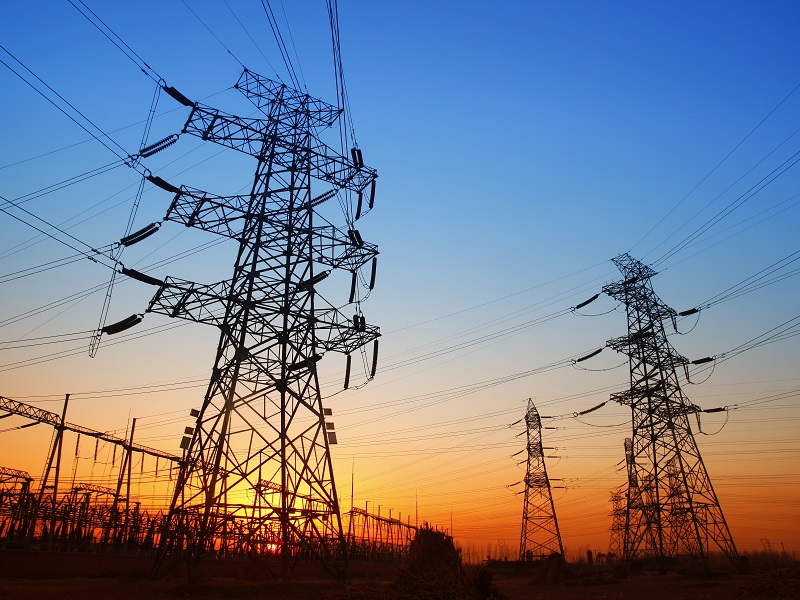
The world’s electrical grids require massive investments if countries are to meet net-zero carbon emissions by 2050 goals, according to a new report from the Ontario Teachers’ Pension Plan.
“In many countries, including the world’s most advanced economies, aging grids are not yet ready for the expected surge in demand,” noted the report. “Nor were they designed for a future mainly powered by renewables.”
As electric vehicles and other zero-carbon alternatives to fuel-burning energy sources become more widely used, demand for electricity will surpass the energy generation capacities of many grids. According to experts consulted for the report, the price tag for modernizing electrical grids in Europe could cost as much as €425 billion ($557 billion), while, in the U.S., the price tag could reach about US$1 trillion ($1.3 trillion).
Read: Caisse to redevelop Quebec City mall, Ontario Teachers’ acquiring Dutch logistics portfolio
The report found global demand for electricity rose by six per cent in 2021. “To satisfy that growing demand, the world will need to produce, transmit and distribute more electricity than it does now.”
Not only will grids have to increase their capacities in order to reach net-zero targets, they’ll have to significant’y cut their own carbon emissions. In 2021, electricity provided less than 20 per cent of the world’s power, with more than two-thirds of that electrical power derived through the burning of fossil fuels. According to statistics from the International Energy Agency, which is cited by the Ontario Teachers’ in the report, this figure must drop by 55 per cent before 2030 to reach global net-zero targets.
The report also noted electrical grids much be climate-proofed in order for power capacity to be increased. “A changing climate threatens the electricity sector in many ways. It puts upward pressure on demand, straining the grid and even increasing the frequency of outages, as people turn to power-hungry appliances to either cool off or keep warm. Large-scale power outages are more than inconvenient. They can disrupt economic activity and endanger lives.”
Read: Tracking indirect GHG emissions vital for institutional investors, says expert
The need to climate-proof existing electrical infrastructure may offer considerable value to institutional investors, according to the report, which cited the case of Caruna, a Finnish electricity provider that saw its share price rise by 60 per cent after it spent €140.1 million (about $180 million) to bring the majority of its power lines underground. “With more lines underground, Caruna expects to experience fewer, and shorter, power outages, benefiting customers and keeping repair costs down.”
Electrical grids also need to make the use of smart metres ubiquitous within electrical grids. These metres allow for two-way communication between operators and customers and collect data that can be used to optimize power delivery. “Armed with better data and increased monitoring capabilities, they can operate more efficiently and send more electricity through existing infrastructure. They can also help identify parts of the system that are either over- or under-utilized.”
The adoption of smart metres may have another advantage for climate grids, empowering consumers to play a more significant role in reducing consumption. They can be used to provide customers with real-time pricing information, which the Ontario Teachers’ believes could motivate consumer interest in reducing electricity consumption. They can also tally the amount of electricity generated by solar panels owned by customers.
“The proliferation of cheaper solar panels is also empowering end users, by giving them the ability to save on energy costs and burnish their green credentials. But the rise of the so-called ‘prosumer,’ who can consume and produce power, marks a critical shift for grid operators.”
Read: Caisse boosts investment in electric vehicle charging company
